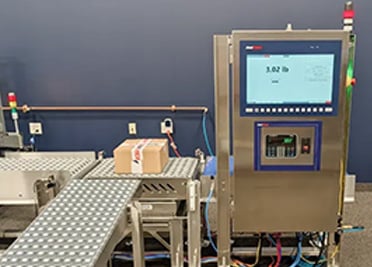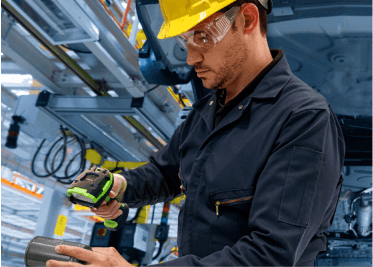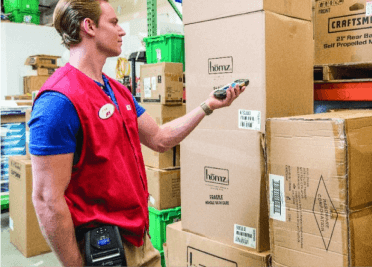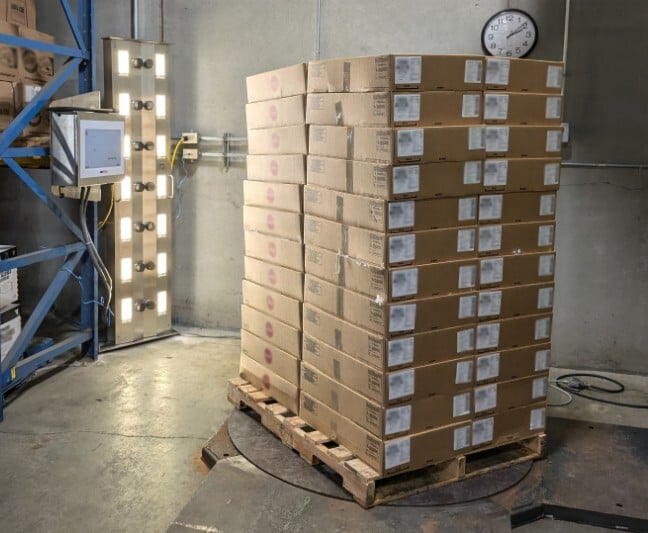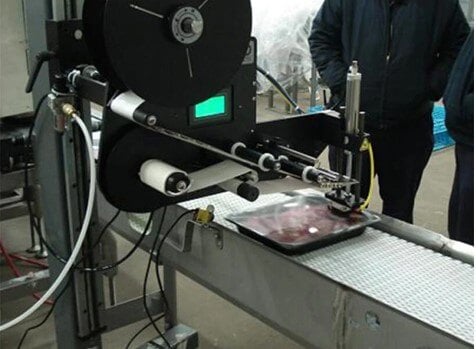Mobile device management can be a challenging task, especially when dealing with a diverse and constantly evolving fleet of devices. One major pain point that many organizations face is the lack of standardization. Without a consistent set of guidelines and procedures in place, it can be difficult to efficiently onboard new devices and ensure that they meet your security and compliance standards.
In this post, we will explore the problem of lack of standardization in mobile device management and how it can make adding new devices difficult. We will also discuss a potential solution: implementing best-practice change controls.
The problems with a lack of standardization
Lack of standardization can create several challenges when it comes to mobile device management.
Here are a few examples:
- Onboarding new devices can be time-consuming and error-prone. Without a clear and consistent process in place, you may find yourself spending a lot of time configuring and testing each new device individually. This can be especially frustrating if you have a large fleet of devices to manage across multiple locations, departments, or company divisions.
- It can also be difficult to maintain security and compliance. Without a consistent set of guidelines and procedures in place, it’s harder to ensure that all your devices are configured and secured in the same way. This can increase the risk of security breaches and compliance violations.
- It can be hard to track changes made to your fleet. Without a clear record of what changes have been made it can be difficult to keep track of each device's current configuration and identify issues that may arise.
The solution? Implementing best-practice change controls
One way to address the challenges of lack of standardization in mobile device management across your organization is to implement best-practice change controls. Change controls are a set of guidelines and procedures that are put in place to ensure that all changes made to your mobile device fleet are carefully planned, tested, and documented before devices are sent to production.
When your devices are enrolled in our Abe360 Enterprise Mobility Management platform, each device is provisioned and configured using a siloed three-step process known as Dev/UAT/Prod: development, user acceptance testing, and production environments. This way, configuration profiles are always consistent and tested before they have a chance to cause downtime and issues on the floor.
Here are a few key benefits of implementing change controls:
- Reduced risk of security breaches and compliance violations By establishing clear guidelines and procedures and strictly following the Dev/UAT/Prod methodology for onboarding new devices, applications, or firmware updates, you can ensure each and every device meets your security and compliance standards before it is deployed. This can significantly reduce the risk of security breaches and compliance violations.
- A simplified onboarding process With change controls in place, you can streamline the process of onboarding new devices and applications. This can save you time and reduce the risk of errors.
- Improved organization and tracking Change controls allow you to maintain a clear and organized record of all changes made to your mobile device fleet. This can be helpful for tracking and troubleshooting any issues that may arise.
Bring harmonization to your organization
Standardization in mobile device management is complex with many stakeholders and decisions made along the way. By implementing change controls, you can streamline the process of adding new devices, reduce the risk of security breaches and compliance violations, and improve the organization and tracking of your mobile device fleet. If you are struggling with the challenges of managing a diverse and constantly evolving mobile device fleet, our solutions experts can help you create industry-standard, best-practice change controls to overcome these challenges, reduce risk, and turn your mobile device management process into one that is predictable, optimized, and scalable for the future.
Reach out today to schedule a consultation with a solution expert to learn more about how Abe360 can simplify and standardize your device lifecycle management. Get a virtual walkthrough of our best practice structure including: a preview of our development, user acceptance testing, and production environments as well as example configuration profiles.

